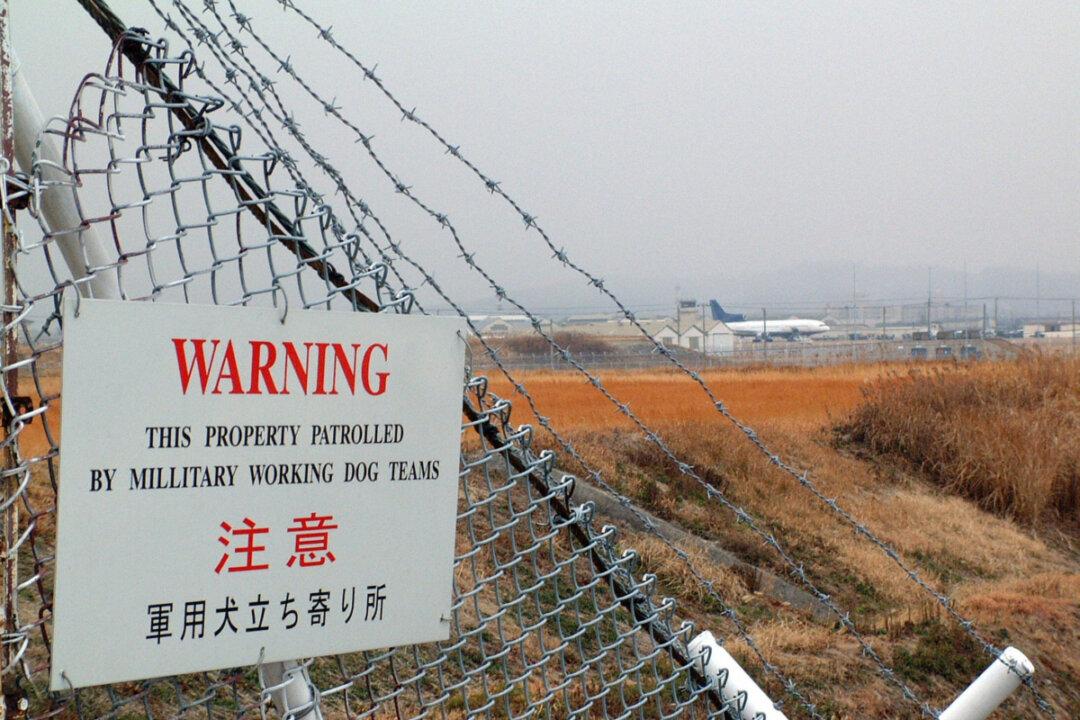A Shanghai company with a Chinese Communist Party (CCP) background is building mega-solar power plants near Japan’s most important U.S. military base in Iwakuni. The city’s council member raised the alarm that the CCP was posing a threat to national security.
Takashi Ishimoto, a member of Iwakuni city council, said that the major solar power plants that the Chinese firm is involved in are located in Yamaguchi Prefecture—one in Miwa-cho, Iwakuni city (or Iwakuni-shi) in the north, and the other in Yanai city (or Yanai-shi) in the south—sandwiching the Marine Corps Air Station Iwakuni.




